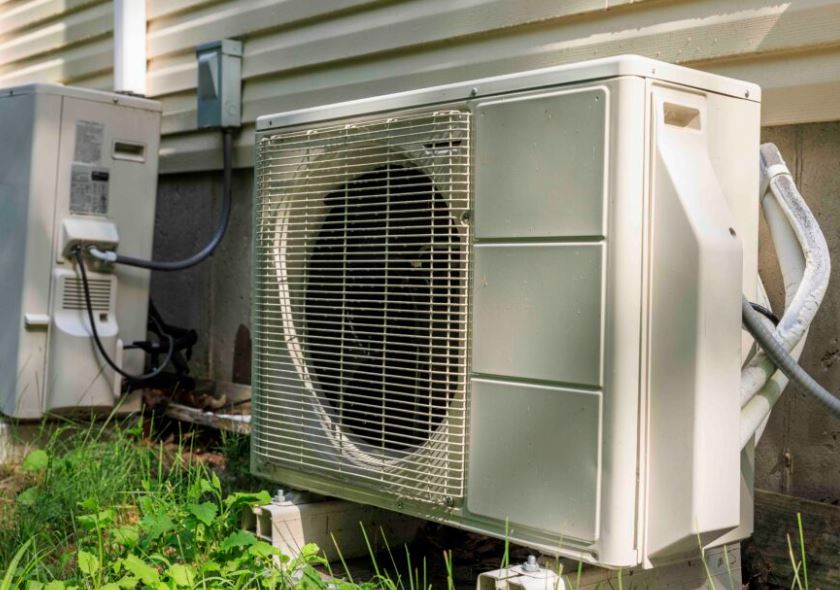
Installing a heat pump is a task that, while intricate, can significantly enhance the comfort and energy efficiency of your home. Weather Masters of Georgia is here to guide you through each step of the installation process, ensuring that your heat pump operates at peak performance.
What are Heat Pumps?
Before diving into the installation, it’s crucial to understand what a heat pump is and how it functions. A heat pump is a versatile unit that provides both heating and cooling by transferring heat between the indoors and outdoors. Unlike traditional HVAC systems, heat pumps do not generate heat; they move it, making them an energy-efficient solution for your climate control needs.
Heat Pump Installation Process
Step 1: Preparation and Planning
The first step is to assess your home’s heating and cooling needs. This involves calculating the heat load, which will determine the size of the heat pump required for your space. Weather Masters of Georgia can assist with this assessment to ensure that you select a unit that fits your home’s specifications.
Step 2: Choosing the Right Location
Selecting the appropriate location for both the indoor and outdoor units is paramount. The outdoor unit should be placed on a level surface, away from any obstructions that could impede airflow. Indoors, the unit should be accessible for maintenance and far from any potential sources of heat or moisture.
Step 3: Installation of the Indoor Unit
Mounting the indoor unit requires precision. It should be securely attached to the wall, ensuring that it’s level and stable. The placement should also allow for proper drainage of the condensate produced during operation.
Step 4: Drilling and Connections
A small hole will need to be drilled through the wall to connect the indoor and outdoor units. This hole will accommodate the refrigerant lines, power cable, and condensate drain line. It’s essential to seal this hole properly to prevent any air leakage.
Step 5: Installing the Outdoor Unit
The outdoor unit, often heavier, requires a sturdy base. It’s typically placed on a concrete pad or elevated on supports to protect it from snow and ice. The unit must be level to operate correctly.
Step 6: Refrigerant Lines and Electrical Connections
Copper refrigerant lines connect the indoor and outdoor units. These lines must be insulated and secured. Electrical connections should be made according to local codes and standards, and it’s often best to have a professional electrician handle this part of the installation.
Step 7: Ductwork and Thermostat Installation
If your system requires ductwork, it must be installed or adapted to fit the new heat pump. The thermostat also needs to be compatible with the heat pump to allow for efficient temperature control.
Step 8: Charging the System with Refrigerant
Charging the system with refrigerant is a critical step that should be performed by a certified technician. The correct amount of refrigerant will ensure that your heat pump operates efficiently.
Step 9: Final Inspection and Testing
Once everything is connected, a thorough inspection is necessary to ensure that all components are properly installed and there are no leaks. The system is then tested to confirm that it operates correctly in both heating and cooling modes.
Step 10: Education on Operation and Maintenance
The final step is for the homeowner to understand how to operate the heat pump and perform basic maintenance. This includes changing filters, cleaning units, and recognizing signs that professional service may be needed.
Conclusion
Installing a heat pump is a detailed process that can offer significant benefits for your home’s comfort and your wallet. By following these steps and working with a team of professionals like Weather Masters of Georgia, you can enjoy the efficient heating and cooling that a heat pump provides.
Remember, while some steps may seem manageable for a DIY enthusiast, it’s always recommended to have a professional handle the installation to ensure safety and efficiency. If you’re ready to upgrade to a heat pump, contact Weather Masters of Georgia for expert installation services.

